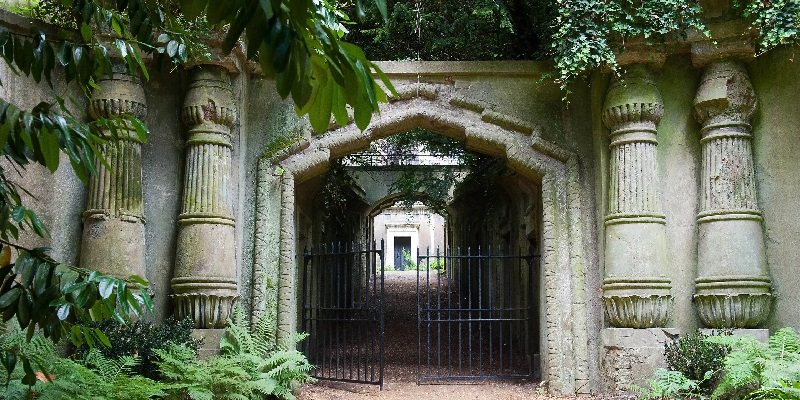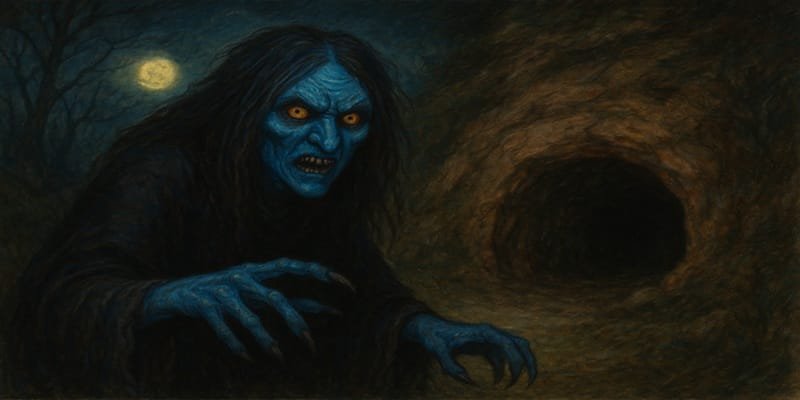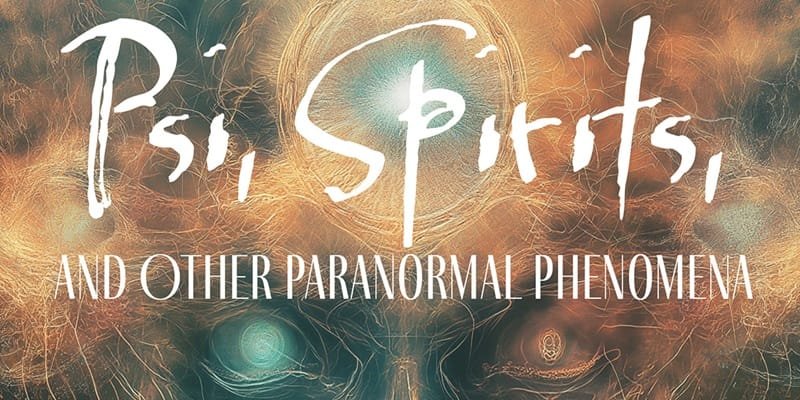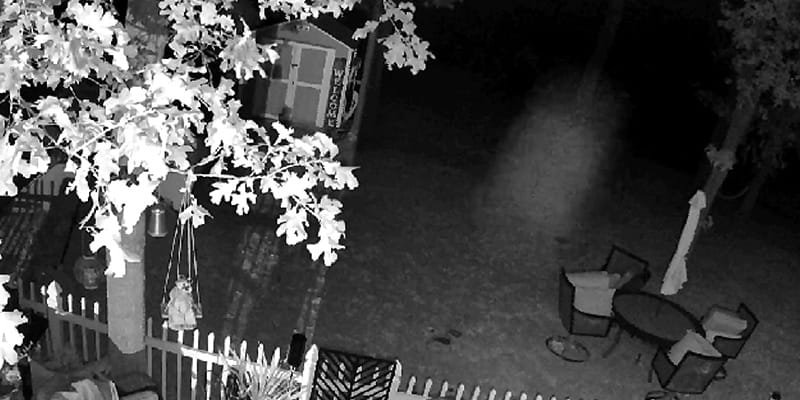The Highgate Vampire: Fact, Fiction, or Folklore?
Highgate Cemetery, nestled in the heart of North London, is renowned for its gothic beauty and the illustrious figures resting within its bounds. However, in the 1970s, it became the epicentre of a sensational story that blurred the lines between reality and legend—the tale of the Highgate Vampire. Was this mysterious figure a creature of the night, a figment of overactive imaginations, or simply a product of media hype? This article delves into the origins, investigations, and cultural impact of the Highgate Vampire, aiming to unravel the truth behind the legend.
The Birth of a Legend
The story of the Highgate Vampire began in earnest in 1969 when local residents started reporting sightings of a tall, dark figure with hypnotic red eyes within the cemetery. The reports, often describing the figure as gliding eerily above the ground, quickly caught the attention of David Farrant, a young Wicca enthusiast and president of the British Psychic and Occult Society (BPOS). On Christmas Eve of that year, Farrant himself claimed to have encountered the entity, describing it as a grey figure that vanished into the night.
Shortly after Farrant’s account was published in the Hampstead and Highgate Express, another key figure entered the fray—Sean Manchester. Manchester, a self-proclaimed exorcist and vampire hunter, declared that the entity was no ordinary ghost but a “King Vampire” from medieval Wallachia. According to Manchester, this vampire had been resurrected by modern-day Satanists and was now stalking the grounds of Highgate Cemetery. This bold claim set the stage for a public rivalry that would capture the imagination of the nation.
The Media Frenzy
The media quickly latched onto the story, and the Highgate Vampire became a sensation. Local newspapers, followed by national outlets, reported on the sightings and the burgeoning feud between Farrant and Manchester. An ITV special report on March 13, 1970, brought the story into living rooms across the country, prompting hundreds of would-be vampire hunters to descend on Highgate Cemetery.
Armed with stakes, crucifixes, and garlic, these amateur hunters caused significant damage as they searched for the elusive vampire. Graves were desecrated, and corpses were mutilated in a misguided attempt to rid the cemetery of its supernatural resident. Despite the police’s efforts to control the situation, the frenzy continued, fuelled by sensational headlines and dramatic claims from both Farrant and Manchester.
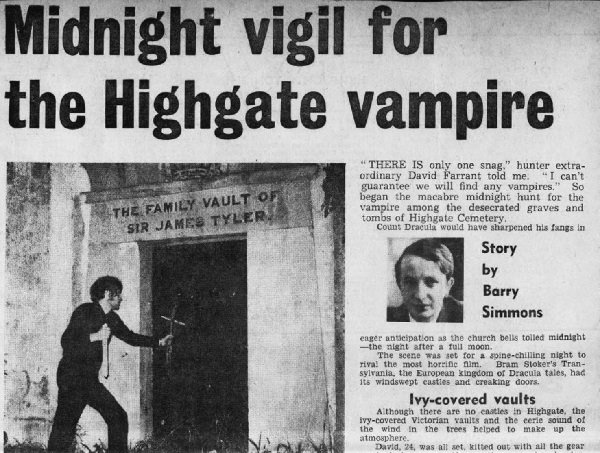
Investigations and Evidence
As the hysteria grew, various investigations were launched to uncover the truth behind the Highgate Vampire. Farrant and Manchester both conducted their own inquiries, each presenting evidence to support their theories. Farrant leaned towards the explanation of a restless spirit, perhaps a victim of ancient occult practices. He pointed to the sightings of dead foxes with their throats slit as evidence of ritualistic activity within the cemetery.
Manchester, on the other hand, claimed to have tracked the vampire to a house in Crouch End, where he supposedly plunged a pike into its heart and burned the body. His dramatic account, though lacking corroborative evidence, was compelling enough to keep the story alive in the public’s mind.
Sceptics, however, questioned the validity of these claims. Many pointed out the lack of tangible evidence and the over-reliance on anecdotal reports. The mass media’s role in exaggerating the story was also criticized, with some arguing that the Highgate Vampire was more a creation of collective hysteria than a genuine supernatural entity.
The Vampire in Popular Culture
Regardless of the veracity of the claims, the Highgate Vampire quickly became a fixture in popular culture. The tale inspired numerous books, films, and documentaries, each adding layers to the legend. Notably, the 1972 film “Dracula A.D. 1972” drew heavily from the events at Highgate, further cementing the story’s place in the annals of horror folklore.
The rivalry between Farrant and Manchester also became the subject of fascination. Their public feud, characterized by dramatic declarations and mutual accusations, was chronicled in various media, including a series of satirical comics titled “The Adventures of Bishop Bonkers,” which lampooned Manchester’s claims and actions.
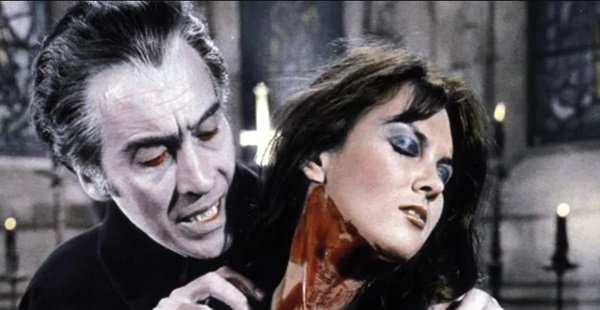
Conclusion
The Highgate Vampire story is a compelling blend of fact, fiction, and folklore. It highlights how a combination of eerie sightings, media sensationalism, and public imagination can create a lasting legend. Whether the Highgate Vampire was a genuine supernatural entity, a ghostly apparition, or merely a product of hysteria remains a matter of debate.
What is clear, however, is that the tale has left an indelible mark on popular culture and continues to intrigue those who seek the truth behind the mysteries of Highgate Cemetery. For those interested in the paranormal, the story serves as a reminder of the power of myth and the enduring allure of the unknown.
Has this article inspired you to visit a paranormal location? Plan and book your visit here.

